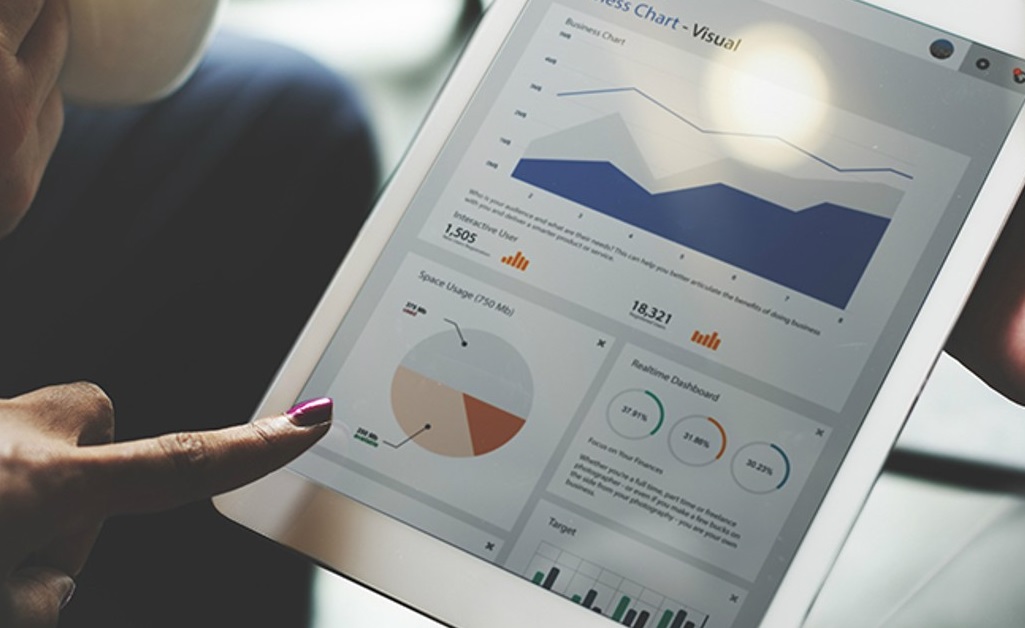Financial modelling is like a superpower—one that lets you test your assumptions and hypotheses across dimensions, versions, and time before executing budgets and plans. A well-formulated model lets you run unlimited scenarios across any program, department, or business unit, according to your fiscal calendar or other business milestones. In other words, dynamic financial models show you the probable results of pulling various levers (e.g., adding headcount, reducing production time, expanding sales territories) to see likely outcomes.
Not exactly X-ray vision, but close.
Yet if financial modelling is a superpower, outdated tools and manual processes that limit the number and types of scenarios you can run are kryptonite.
Let’s take a closer look at how to generate flexible and robust financial models powerful enough to drive strategic decisions and help your business leap over the competition in a single bound.
Manual processes undermine your models
Ideally, financial models should be robust and flexible enough to accommodate current circumstances and multiple queries. If your team is bogged down aggregating data from multiple sources and making sure spreadsheets are accurate, modelling takes a back seat to fixing errors and broken formulas.
According to an Adaptive Insights CFO Indicator Report, 71% of finance teams manage data from at least three sources. When data is aggregated manually from multiple sources and managed in spreadsheets, it’s often laborious, error-prone, and inaccurate.
Financial modelling that works in today’s fast-paced business models should automate these processes and free your time to test your hypotheses.
Properties of robust models
Robust models should let you model everything, everywhere—expenses, capital, headcount, revenue, projects, grants, quotas, and territories—across any department, entity, or function.
Your financial model is an opportunity to check in with stakeholders, gather information about priorities and plans, and create a set of assumptions that improve decision-making throughout your organisation.
Done well, financial models teach you and the people in your organisation something: a new way of doing business, in-depth information about the competitive landscape, or the factors that might support or detract from corporate objectives and KPIs.
Robust and effective financial models should accomplish the following:
- Establish a single source of truth
A single source of data truth that is accessible, relevant, and flexible enough to respond to emerging market conditions ensures that there’s a united front and full alignment behind the same objectives. When everyone agrees on the validity and accuracy of the data, there is less bickering over the numbers and more collaboration between business units. - Build confidence in the numbers
If everyone is fighting about the validity of data sources, the process will be caught up in arguments instead of strategic decision-making. From extensive cost allocations, multiple budget versions, and a variety of organisational structures, your financial models and analytics should build confidence in the numbers and the models. - Automate calculations
Outdated tools and manual processes take too much time to generate insights. By automating planning, budgeting, and forecasting tasks, your team will have more time to run unlimited what-if scenarios and answer multidimensional queries in real time. - Enable collaboration
Everyone in your organisation is modelling—whether they know it or not. By making financial data modelling tools broadly available to business units and ensuring that tools are user-friendly, you’ll allow everyone to weigh in—on assumptions about headcount, product releases, and more. After all, true collaboration results in better financial models.
Modern financial modelling requires modern tools
Proliferating data, outdated tools, and a rapidly changing market make continuing with the same-old, same-old a strategic mistake. The solution? An intelligent, scalable, and comprehensive cloud-based planning platform that gives you the power you need to support the sophisticated and robust financial planning, modelling, and analytics modern businesses require.
This blog was originally published on the Workday Adaptive Planning Blog

Game Changing Power of Scenario Planning
Modern businesses require modern financial modelling and analysis capabilities that enable on-the-fly queries and limitless what-if scenarios and testing.
How we can help you succeed
With over 20 years’ experience, 500+ projects and 250+ customers, we have seen every imaginable challenge in delivering successful FP&A projects. ICit can help you to design and plan the solution around your requirements.
We work collaboratively with your finance team to transfer knowledge, share best practice and to deliver a successful project in a matter of weeks. See our Consultancy Services for more details.






